Ecological architecture, also known as sustainable or green architecture, is a design approach that prioritizes environmental sustainability and minimizes the negative impact of buildings on the natural world. It aims to create structures that are energy-efficient, resource-conscious, and harmonious with their surroundings. Here are some key characteristics of ecological architecture:
-
Energy Efficiency: Ecological architecture focuses on reducing energy consumption by incorporating passive design strategies. This includes optimizing building orientation to maximize natural light and heat gain in winter while minimizing direct sunlight and heat gain in summer. Insulation, efficient windows, and shading devices are used to improve thermal performance. Renewable energy sources such as solar panels, wind turbines, or geothermal systems may also be integrated into the design.
-
Sustainable Materials: The use of sustainable and environmentally friendly materials is a fundamental aspect of ecological architecture. This involves selecting materials with low embodied energy, such as recycled or reclaimed materials, responsibly sourced wood, and low-impact alternatives to traditional construction materials. Additionally, consideration is given to the durability, recyclability, and life cycle analysis of materials to minimize waste and environmental impact.
-
Water Conservation: Ecological architecture incorporates water-saving features and technologies to reduce water consumption. This includes rainwater harvesting systems, greywater recycling, and efficient plumbing fixtures. Landscaping designs often prioritize native and drought-tolerant plants to minimize irrigation needs.
-
Waste Reduction and Recycling: The design and construction process of ecological architecture emphasizes waste reduction and recycling. Strategies such as modular construction, prefabrication, and using materials with high recyclability help minimize construction waste. Additionally, the incorporation of recycling facilities within the building promotes proper waste management during its operational phase.
-
Natural Ventilation and Daylighting: Passive cooling and natural lighting techniques are integral to ecological architecture. Buildings are designed to maximize natural ventilation through the strategic placement of windows, vents, and operable openings to facilitate airflow and reduce reliance on mechanical cooling systems. Similarly, daylighting strategies utilize natural light to minimize the need for artificial lighting, improving energy efficiency and occupant comfort.
-
Integration with Nature: Ecological architecture seeks to create a harmonious relationship between the built environment and nature. This can be achieved through the incorporation of green roofs, living walls, and vertical gardens that enhance biodiversity, improve air quality, and provide insulation. The design may also consider preserving existing trees and vegetation, as well as creating outdoor spaces that promote interaction with nature.
-
Life Cycle Analysis: Ecological architecture takes into account the entire life cycle of a building, from construction to operation and eventual demolition or reuse. Life cycle analysis helps assess the environmental impact of materials and design choices, considering factors such as energy consumption, carbon emissions, and waste generation. The goal is to create buildings that have a minimal ecological footprint throughout their lifespan.
-
Community Engagement: Ecological architecture often involves community engagement and participation. Architects and designers work closely with stakeholders to understand their needs, incorporate local knowledge, and create buildings that reflect the values and aspirations of the community. This collaborative approach fosters a sense of ownership and promotes sustainable practices beyond the individual building.
This is one of the forty original architectural styles based on which I generated references for the interior and exterior of the target building.
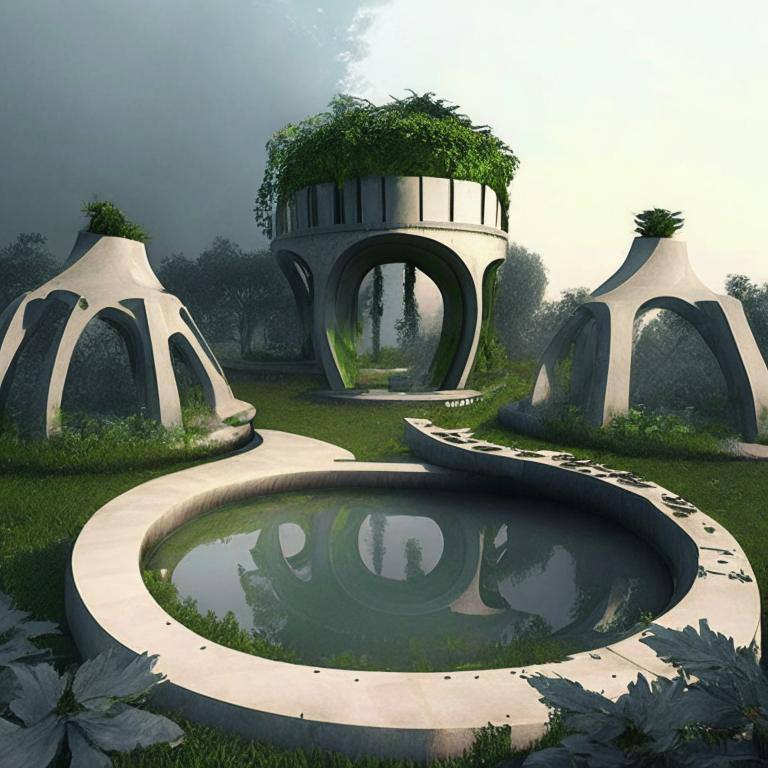
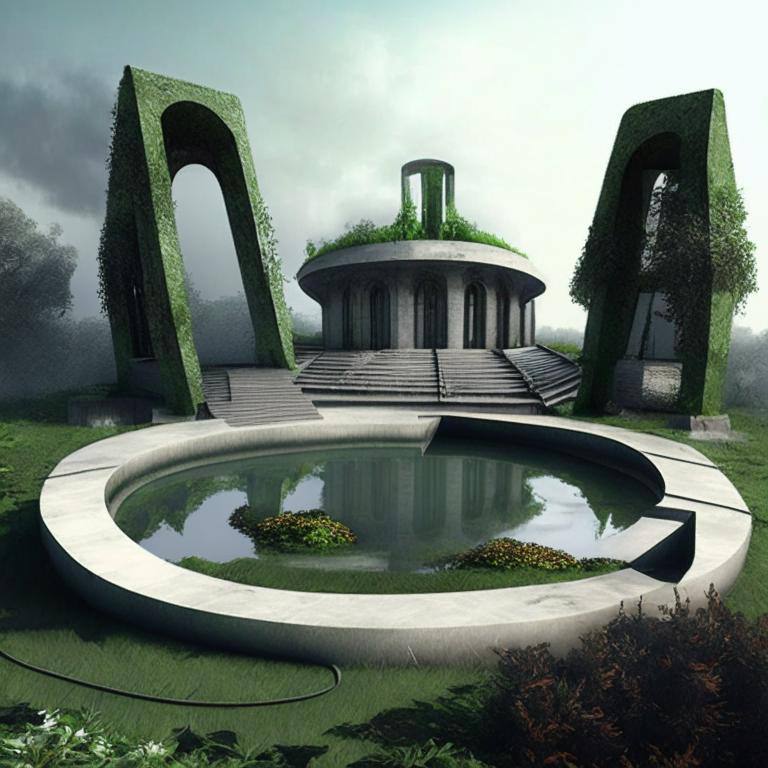
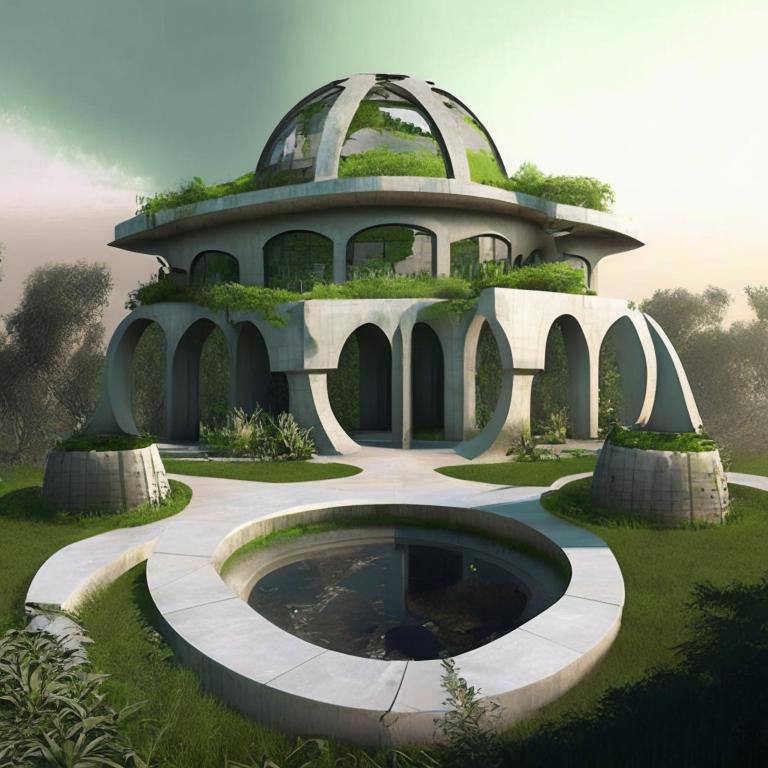

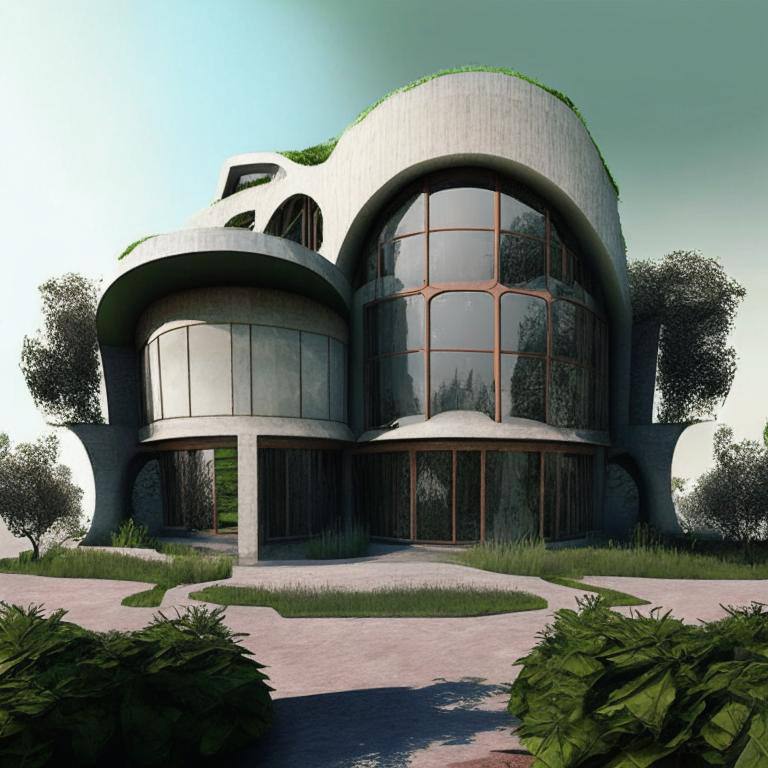
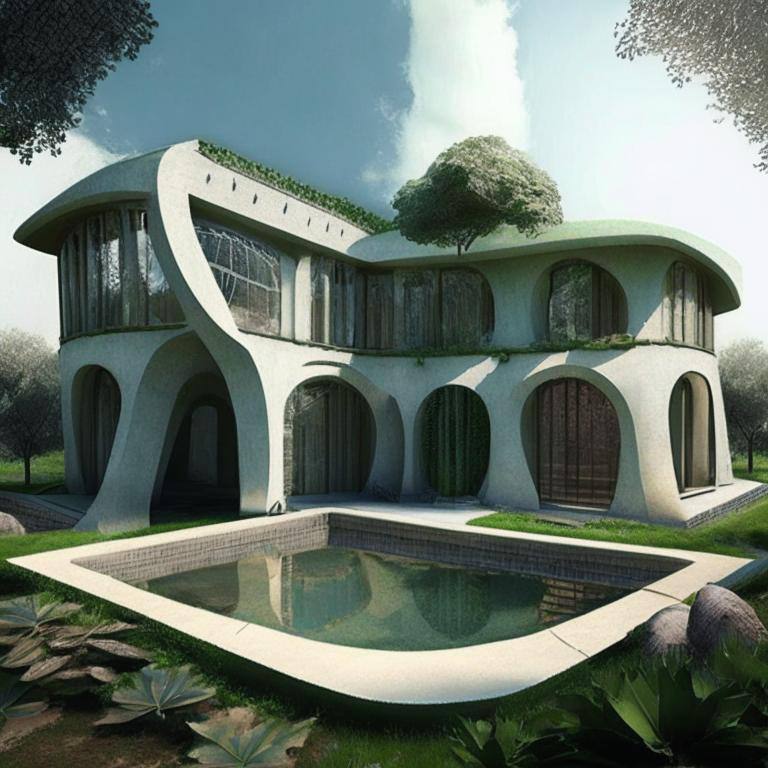
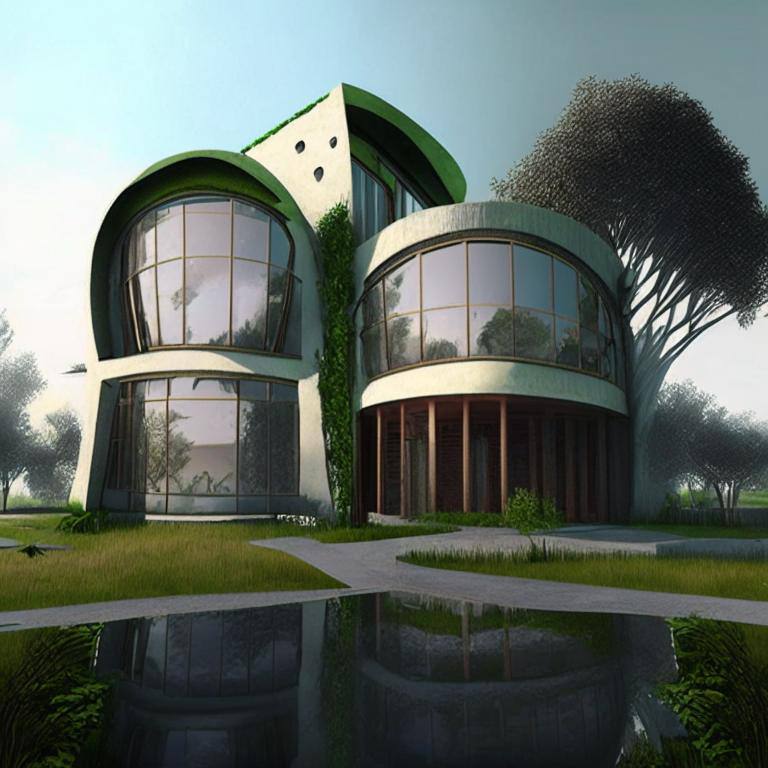
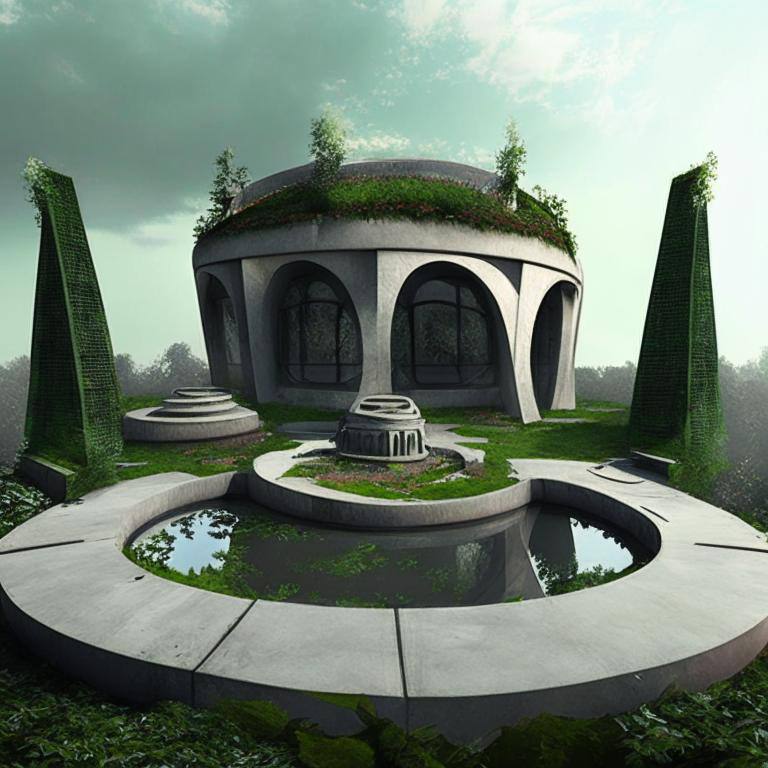
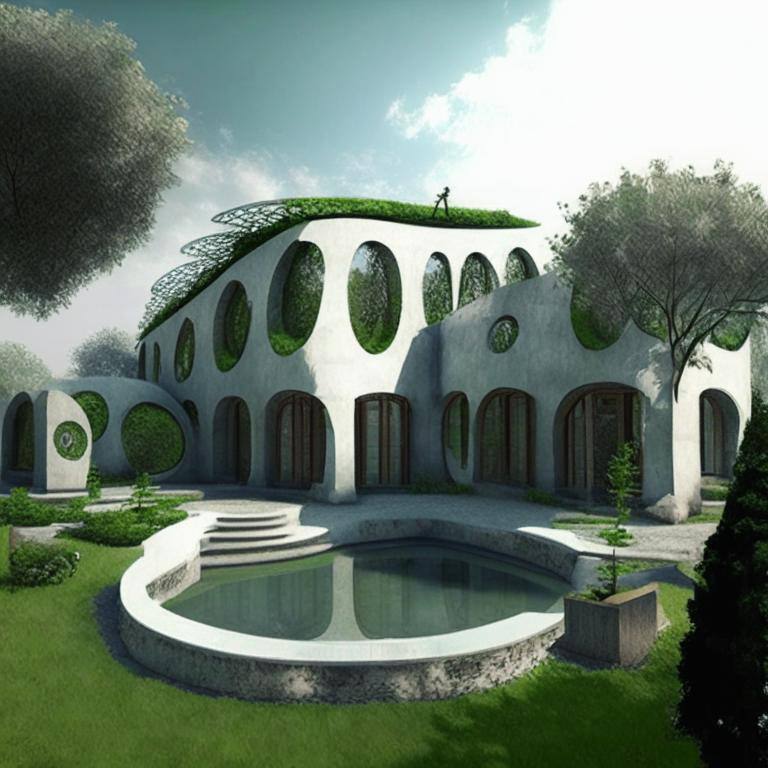
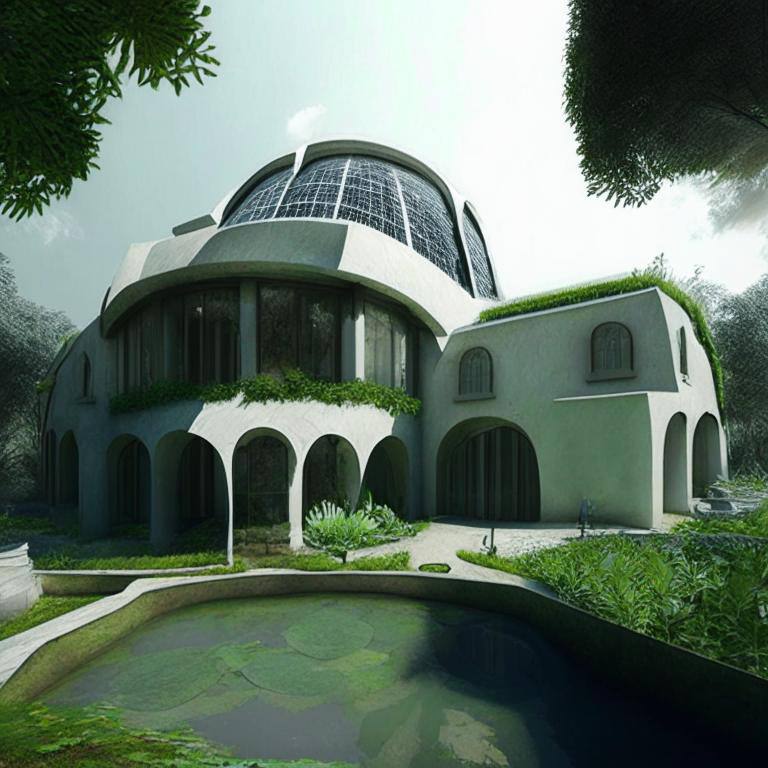

There is no comments